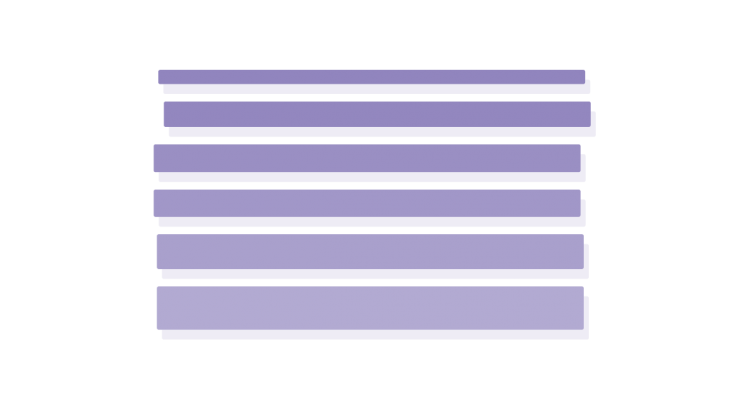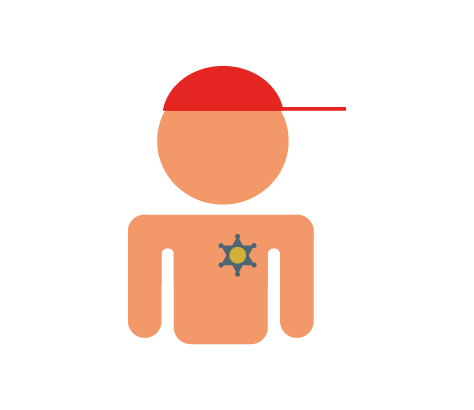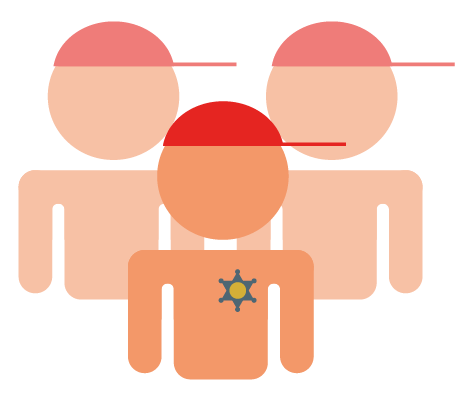The Organization Retrospective offers the Organization Scrum Master (OSM) the opportunity to review the working methods of the organization, represented by the Portfolio Owner (PFO) and the Cluster System Engineer Group (CSEG) , as well as improvements to the Identify and plan how to work for the coming cycle . The Organization Retrospective takes place between the Portfolio Review and the next Portfolio Planning and is based on the results of the Cluster Retrospectives , mostly from the Cluster Scrum Master Groupwere processed. An upper limit of four hours is set for this for a quarterly cycle. The Organizational Scrum Master (OSM) ensures that the meeting takes place and that all participants understand its purpose. The OSM ensures that the meeting is constructive and productive and teaches everyone to stick to the time frame (time box). Due to its responsibility for the P4 process, the OSM takes part in the Organization Retrospective as an equal member. It is carried out to …
- to review how the past Cycle was in terms of the Clusters, teams, relationships, processes, infrastructure and tools involved;
- identify the most important and possible improvements and put them in order; and
- prepare a plan for implementing improvements in the way the organization works.
The Cluster Scrum Master Group is working to improve the organization’s development processes and practices so that the Clusters can work more effectively and satisfactorily in the coming cycle. In every Organization Retrospective, the Cluster Scrum Master Group works out ways to improve result quality by adapting the processes accordingly or by defining-of-done, provided these changes are appropriate and do not conflict with product or company standards. At the end of the Organization Retrospective, the CSMG should have identified improvements for the coming cycle.
Die CSMG überprüft in der Organisations-Retrospektive ebenfalls die Arbeitsflüsse (Workflows) zwischen den Clustern (z.B. durch Value-Stream-Mapping) und passt die Verantwortungsbereiche der Cluster und ggf. auch die Cluster-Strukturen innerhalb des Organisation an.
Die Cluster-Scrum-Master nehmen die Verbesserungsvorschläge und -maßnahmen mit in ihre Cluster.
Ablauf der Organisations-Retrospektive
Meist bringen die Cluster-Scrum-Master Probleme, Behinderungen (Impediments) und Verbesserungsideen (Improvements) aus ihren Clustern mit in die CSMG, die sie in den Cluster-Retrospektiven der Cluster gesammelt haben. Diese werden im Organisations-Improvement-Backlog gesammelt und priorisiert. In der Arbeitszeit der CSMG werden die am höchsten priorisierten Improvements während des laufenden Cycles analysiert und bearbeitet. In der Organisations-Retrospektive werden Änderungen dann gemeinsam beschlossen und umgesetzt.
Für die Ermittlung von weiteren Problemen, Behinderungen und Verbesserungsideen auf Organisations-Ebene, nutzt die CSMG die gleichen methodischen Ansätze und Fragestellungen, wie auf Team-Ebene, z.B.
- Glad, Sad, Mad
- Keep, Change, Puzzled
- Good, Problems, Questions
- Start, Stop, Keep, More, Less
.
\r\n
Further suitable links:
| Events | Roles | Groups | Artifacts |
| Team Retrospective
. . |
Portfolio Owner | Cluster Product Owner Group | Portfolio Backlog |




